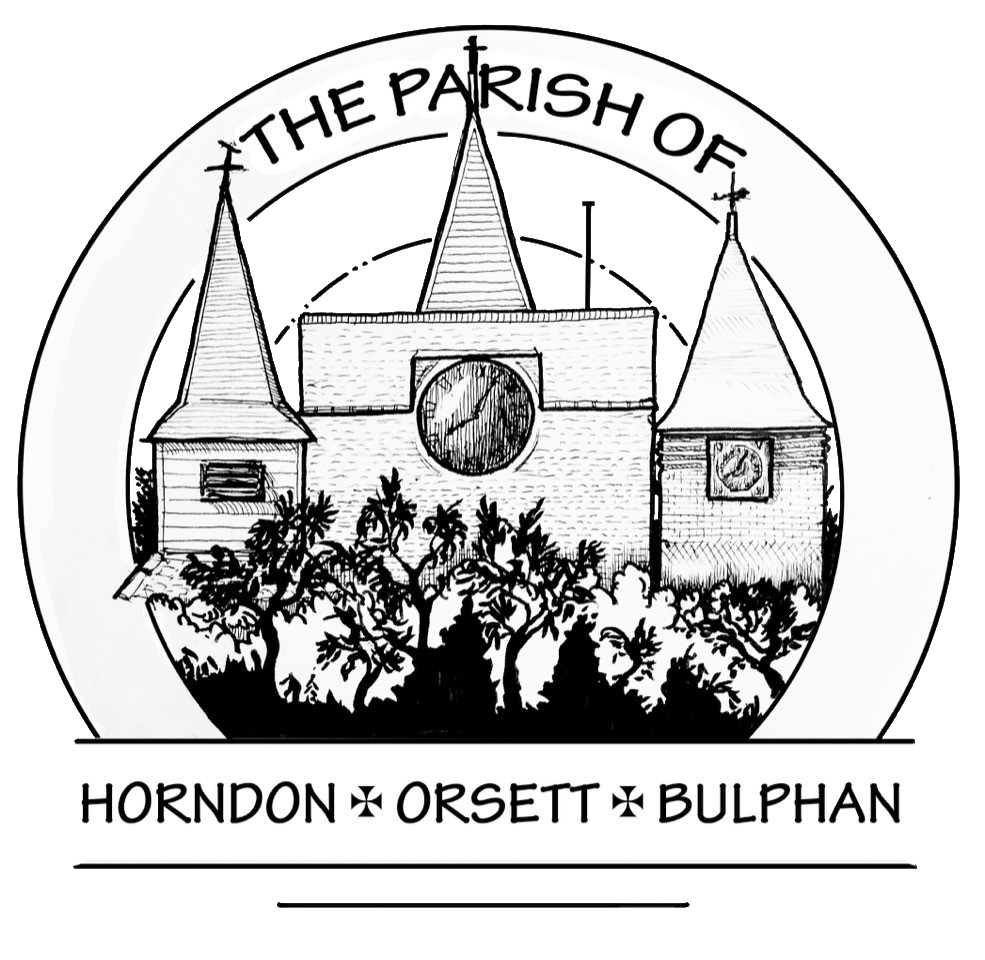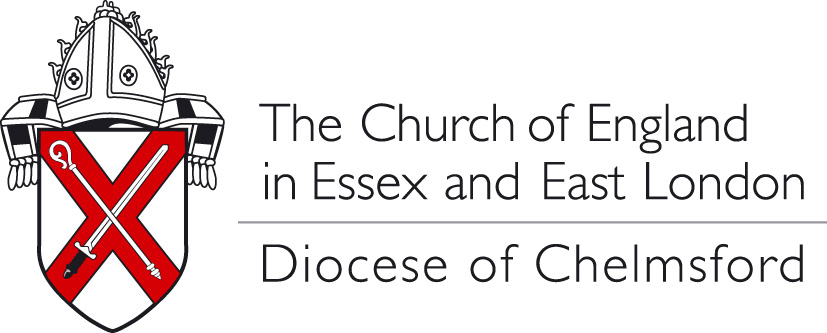Find out about Funerals here.
Scroll down for related downloads.
It is possible for a loved one to be buried or for their ashes to be interred in one of our churchyards, but we are unable to reserve grave spaces.
For a full burial, we ask that the person lived in the village or that they are buried in the existing grave of a family member, as long as the remaining relatives provide a letter to say they are in agreement with this happening.
Before arranging the burial it is, however, worth looking at the Diocesan Churchyard handbook 2022, which sets out the recently updated rules relating to headstones. You can do this by following the link at the bottom of the page.
Headstones are permitted, six months after a full burial has taken place to allow for the settling of the ground. To organise this you will need to approach either a funeral director or monumental mason, who should be familiar with the Church of England rules.
You will be asked by the monumental mason to fill in a CR1 form. This needs to be signed by the Rector to say that the headstone you have requested is within the Church of England Rules.
Should the headstone you have requested not fall within those permitted on a CR1 form, you are able to apply for special permission called a ‘faculty.’ There is a link at the bottom of the page to enable you to ‘Petition for a Faculty,’ but please note that there is a cost for this and that, whilst the matter will be considered sensitively, we are unable to guarantee that the permission will be granted.
For an interment, the same rules apply as those of burials and people’s ashes can be interred either in the memorial garden at one of our churches or in an existing family grave. However, we are not able to allow monumental stones for those whose ashes are interred in the memorial gardens at any of the churches, but each of the three churches has a book of remembrance in which the name of the loved one can be entered.
Downloads:

